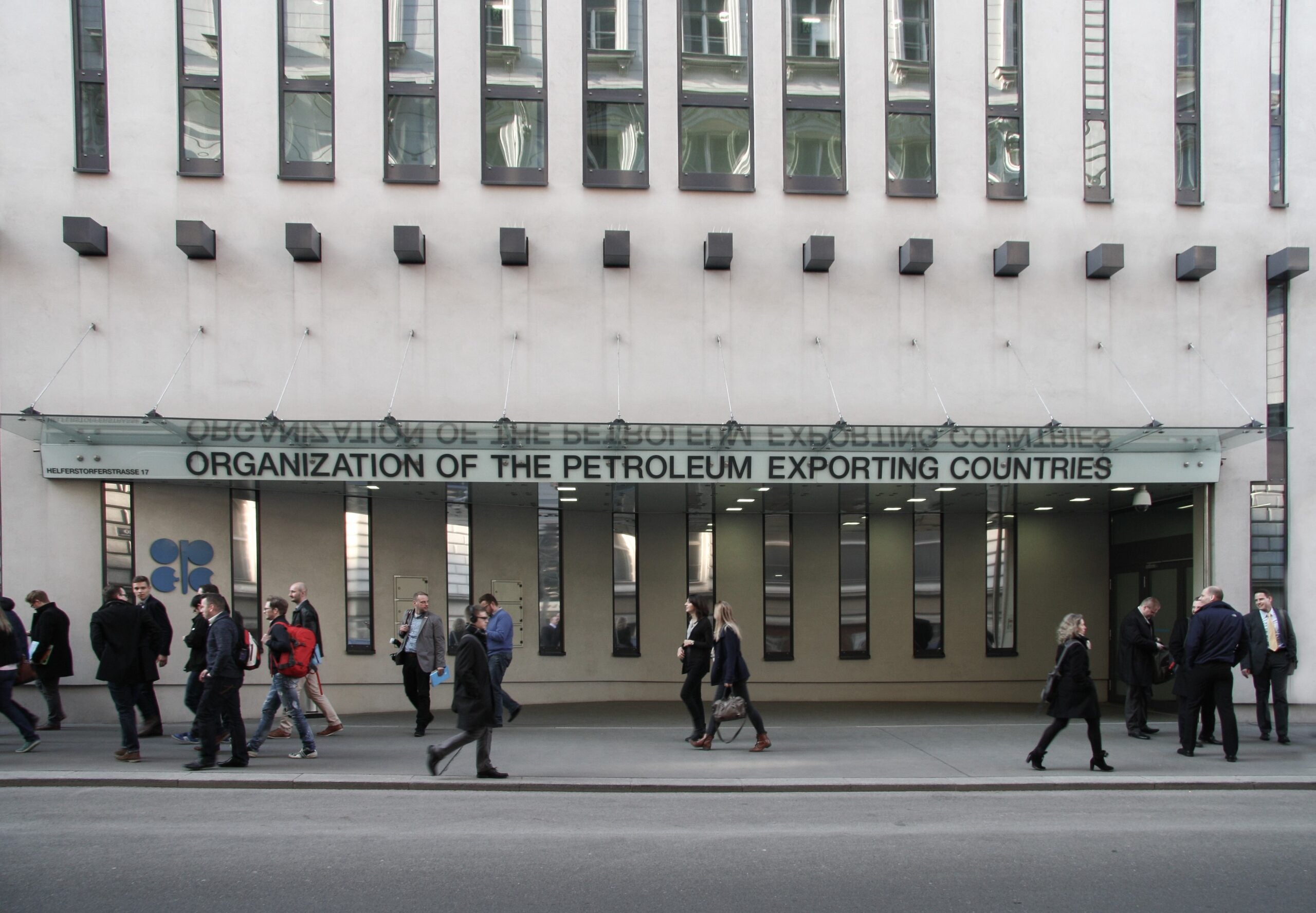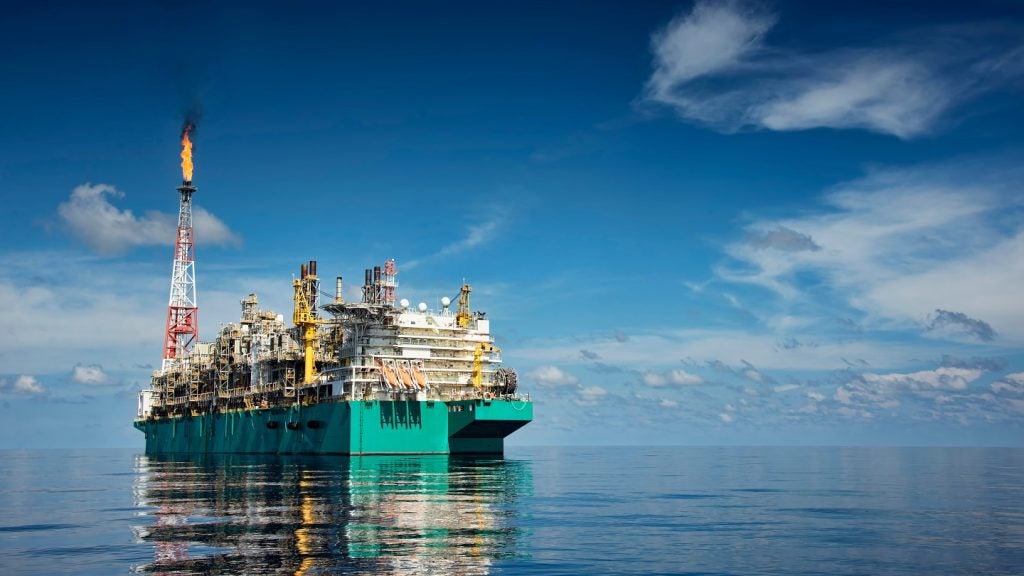
Ministers of the Organisation of the Petroleum Exporting Countries (OPEC) have decided to maintain cuts to oil supplies in coming months. This announcement has caused oil prices to increase by approximately 2%, pushing them to their highest point since May 2019.
OPEC members met with allied nations such as Russia on Thursday to discuss oil production levels. As a result, members decided to raise production by 150,000 barrels per day worldwide in April, with relatively small exemptions granted to Russia and Kazakhstan.
Saudi Arabia’s minister for energy, Prince Abdul Aziz Bin Salman, chaired the 14th OPEC and non-OPEC ministerial meeting via videoconference.
In his opening speech, Bin Salman told attendees: “There is no doubt that the global oil market has improved since we last met in January. OPEC+’s cuts, along with Saudi Arabia’s voluntary cuts, for the month of February and March have accelerated the balancing process. Compliance levels have remained historically high.”
The 14th ONOMM meeting has commenced via videoconference under the Chairmanship of HRH Prince Abdul Aziz Bin Salman, Saudi Arabia’s Minister of Energy, Co-Chair HE Alexander Novak, Russian Deputy Prime Minister, together with… pic.twitter.com/Ub7NFcjEHz
— OPEC (@OPECSecretariat) March 4, 2021
How well do you really know your competitors?
Access the most comprehensive Company Profiles on the market, powered by GlobalData. Save hours of research. Gain competitive edge.
 Company Profile – free sample
Company Profile – free sampleThank you!
Your download email will arrive shortly
Not ready to buy yet? Download a free sample
We are confident about the unique quality of our Company Profiles. However, we want you to make the most beneficial decision for your business, so we offer a free sample that you can download by submitting the below form
By GlobalData
He later urged countries to take a cautious approach to raising levels of output. He continued: “The right course of action now is to keep our powder dry and have contingencies in reserve to insure against any unforeseen outcomes.”
Rystad Energy head of oil markets Bjornar Tonhaugen said: “Contrary to what most market participants expected before the OPEC+ meeting, initial reports show that a bullish momentum formed in today’s negotiations.
“Although oil prices are making members itch to open their taps again and bring in some extra cash, most members are showing surprising restraint and are happy to extend the existing production cuts for a month or two.”
The move will raise the price of oil, in turn making production from high-cost reserves profitable.
Ministers of the Indian government had asked OPEC to raise production, believing rising prices hurt production and demand. When asked about this, Bin Salman said that the country should use some of the crude it has in storage, purchased “very cheaply last year”. India purchased 16.7 million barrels of crude in April and May 2020, filling its strategic reserves.
The price of Brent Crude oil has slowly and steadily recovered from its lows at the start of the pandemic. This comes as a result of producers limiting supply and economic recovery leading to greater demand.
However, Tonhaugen urged caution: “There is one thorn to the bullish cocktail though and very few are surprised. Russia wants to boost output. Russia, at the moment, has a spare capacity of just over 1.5 million barrels per day to add to the market. It is big, but Iraq and Saudi Arabia have even more.
“Taking into account what Russia says is domestic demand, the reason it cites for asking to boost output, our balances suggest that its oil products demand is indeed in for a consecutive month-to-month boost.”





